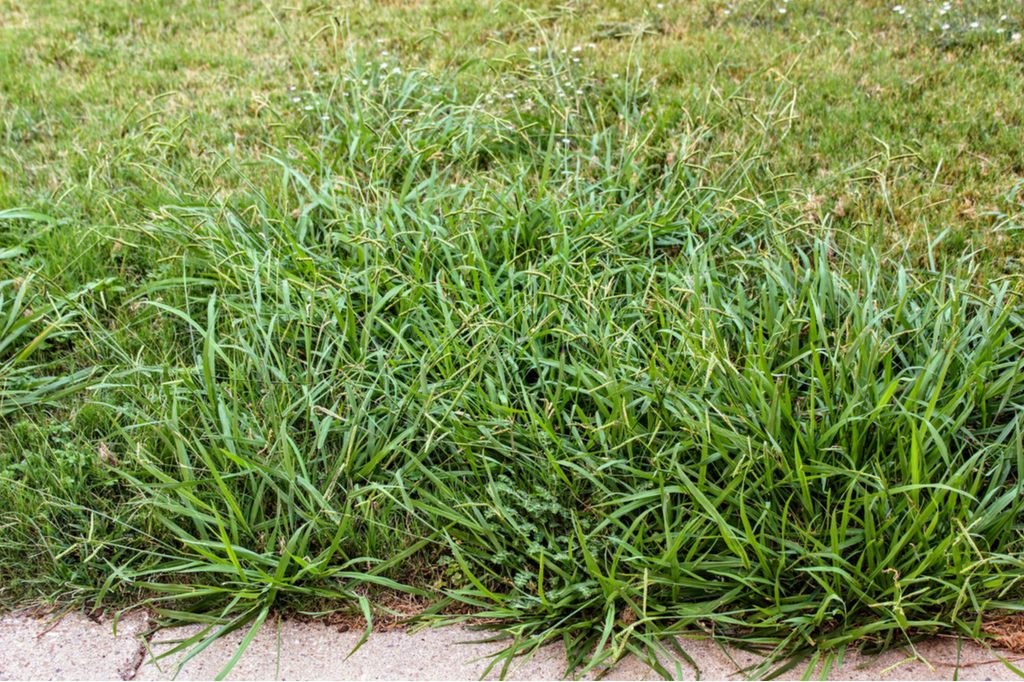
If your goal is to have a pristine, neatly manicured lawn then you might get frustrated whenever crabgrass starts to pop up around your yard. Preventing crabgrass from taking root in the first place seems nearly impossible, so it’s better to focus on getting rid of it. Crabgrass is stubborn, though, so that’s often easier said than done. If you’re wondering how to kill crabgrass, you’re in the right place. We’ll answer all your questions, from what crabgrass is to how to get rid of it and even whether you should actually let it grow.
What is crabgrass?
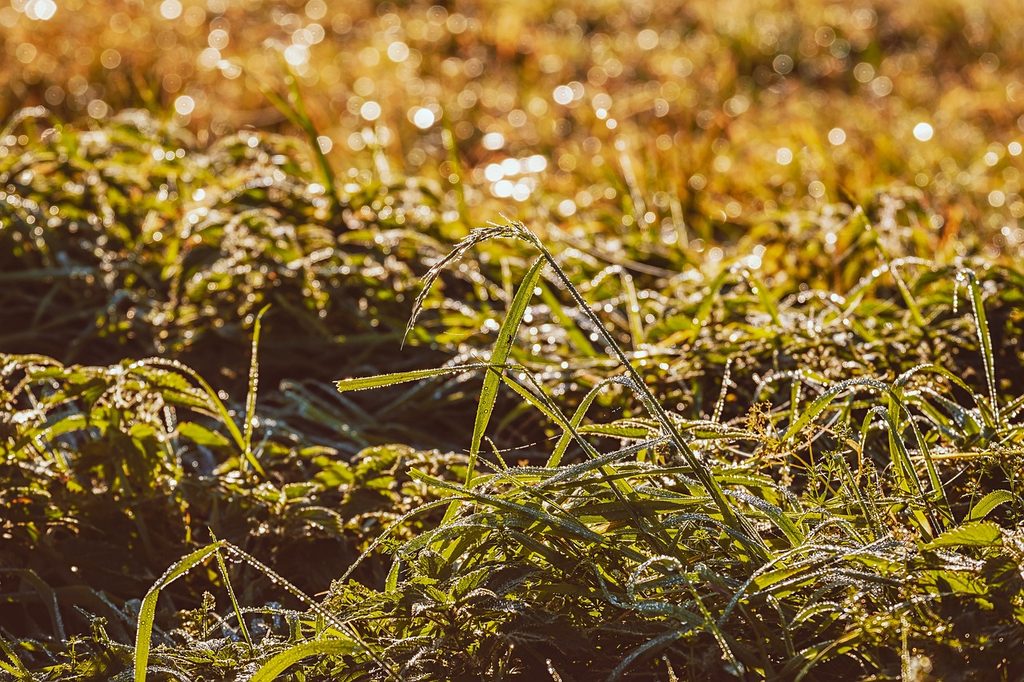
Crabgrass is a member of the grass family that’s not generally used for lawns. For most, it’s typically viewed and treated as a weed, since it’s a fairly aggressive spreader that pops up in empty spots or areas with weak grass. Because of this, crabgrass has a habit of outcompeting lawn grasses, especially if the lawn is already struggling or was planted recently.
Among the typical lawn grasses, crabgrass sticks out. It has broader leaves, taller stems, and long seed heads. Crabgrass was originally native to Europe and parts of Asia, but it was introduced to the U.S. long ago and is now found in most parts of the U.S. It spreads particularly quickly in warmer regions, but it grows in cooler northern regions as well.
Using sprays
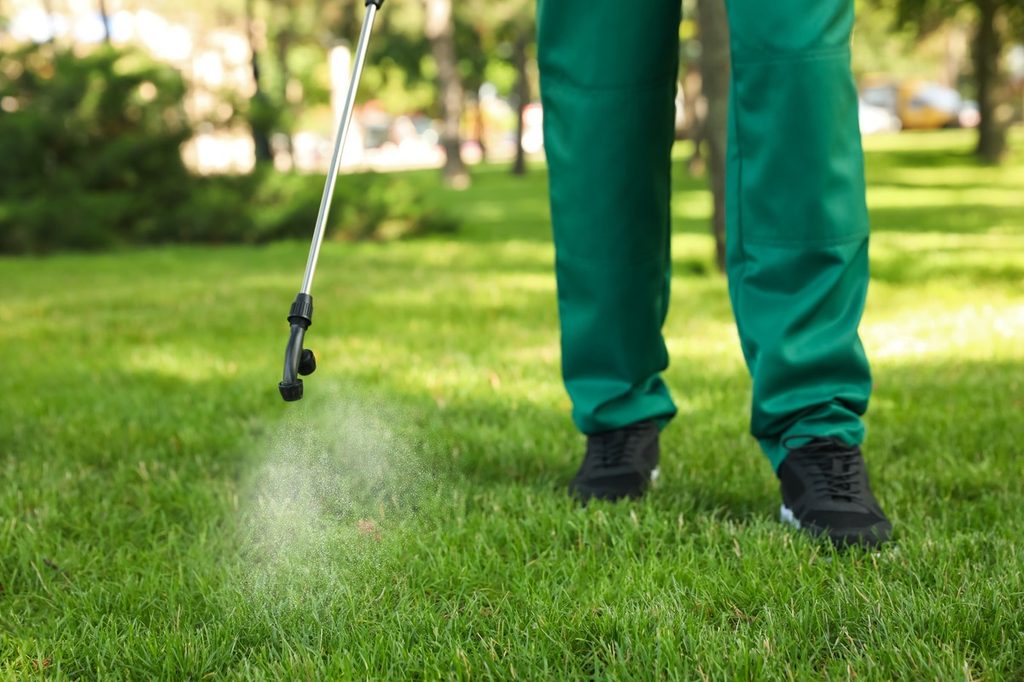
When looking at how to kill crabgrass, sprays are the most common solution. While this may be disappointing if you’re an organic gardener, crabgrass grows and spreads rapidly, making other methods of control less effective. There are sprays made specifically for killing crabgrass, but if you can’t find one or want a spray that works more broadly, you have options.
Look for any lawn weed spray labeled as a post-emergent, selective herbicide. That’s a long title, but it’s simple if you break it down. Herbicide means it kills plants, but selective means it only harms weeds, not other plants. Post-emergent means it targets plants after they’ve started growing, rather than targeting seeds or preventing new plants from growing.
When using a chemical spray of any kind, be sure to read the instructions carefully. The amount you should apply, how often you should apply it, and any safety or health concerns will all be listed on the bottle, and you should be aware of those before you begin using it.
Strengthening your lawn

While strengthening your lawn can’t eradicate crabgrass, it can discourage it from sprouting and slow its spread. Make sure your lawn is getting enough water and fertilizer, and keep an eye out for fungal infections that could weaken large sections of your lawn. Choose a grass that is well suited to your region, or mix multiple types of grass, so you have a strong lawn year-round without extra effort.
Dethatch and aerate your lawn as needed to keep the roots healthy and overseed your lawn so there aren’t any blank spaces for crabgrass to take root in. Avoid common mistakes, such as overwatering your lawn or keeping it too short. If you have any areas in your lawn where grass simply will not grow, this can become a foothold — or a roothold — for crabgrass. Consider planting something hardier there, such as a rosemary bush, sedum, or an ornamental grass. You could also add something decorative to fill the space, such as a birdbath, DIY fire pit, water feature, or rock garden.
Can you dig up crabgrass?
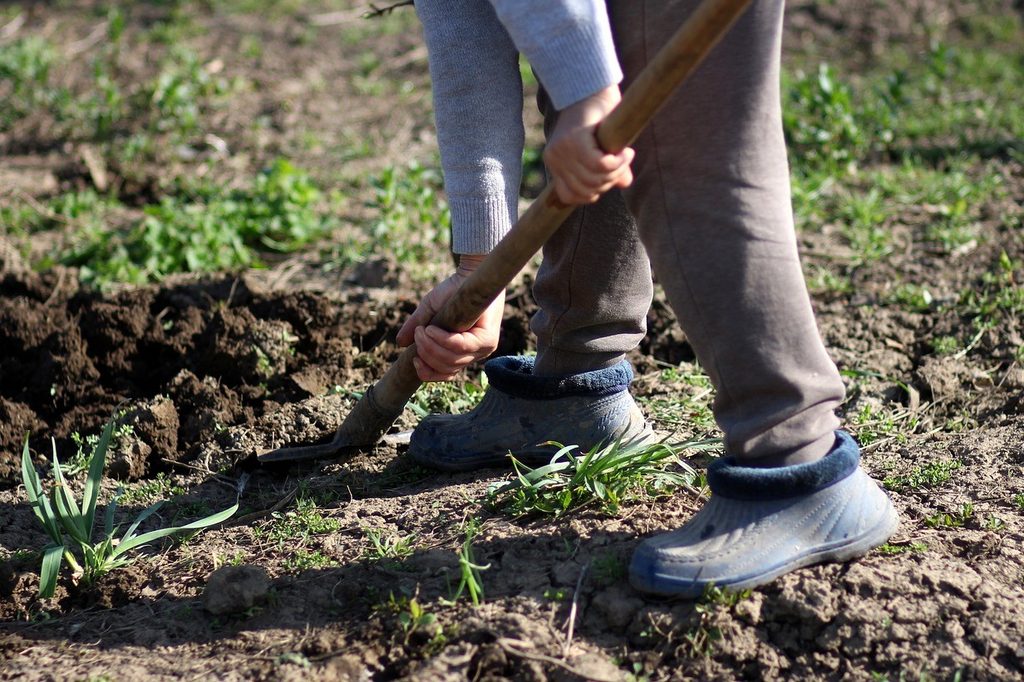
Yes, you can dig up crabgrass if you don’t want to use sprays. As long as you’re careful to get most of the roots, digging up crabgrass is an effective way to get rid of it. However, it does take more time and effort than using a spray. If you only have a few patches of crabgrass to clean up or only have a small space to cover, then the environmental benefits of avoiding chemical sprays might be worth the extra effort.
Just be sure to take precautions to avoid overheating, as it can take a lot of energy to uproot crabgrass. Bag all the crabgrass clumps you uproot, and do not compost them. Composting the crabgrass or leaving it in your yard gives the seeds a chance to spread.
Do you need to kill crabgrass?
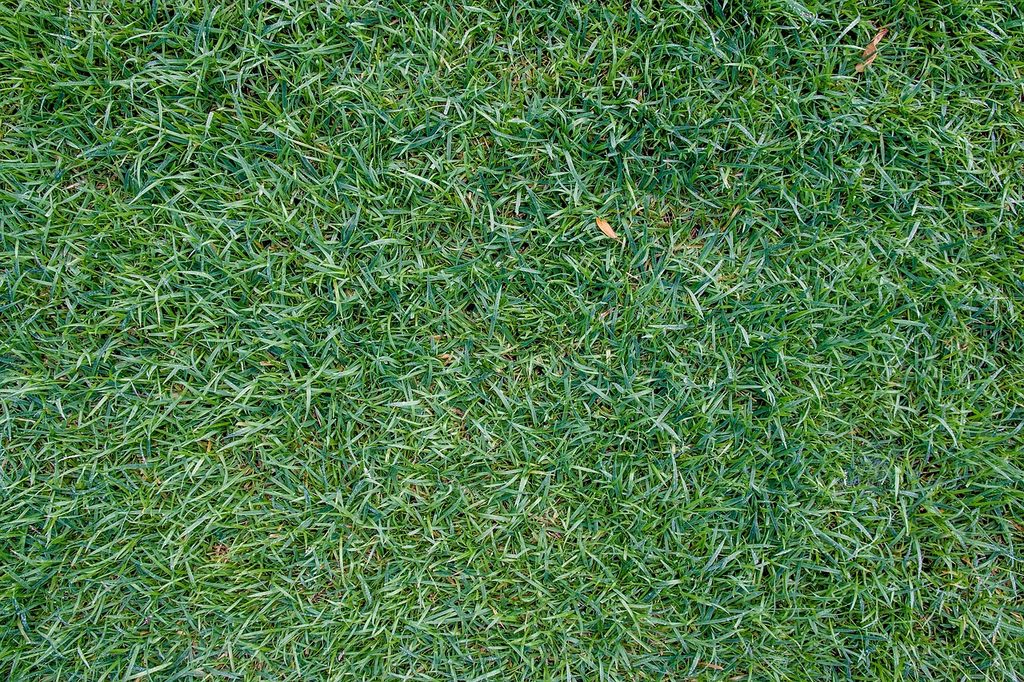
Technically, no. If having crabgrass in your lawn doesn’t bother you, then you don’t have to get rid of it. However, you should be sure you want to leave it alone. Since crabgrass can spread and outcompete other plants, it’ll be difficult to get under control if you change your mind later.
If you don’t want to get rid of the crabgrass, you might want to consider if having a grass lawn is actually right for you. A mixed lawn with clover and native ground covers might be a better fit for your mindset, and these mixed lawns have tons of benefits. They make for a healthier ecosystem, are great for pollinators and soil health, and often include lovely flowers.
Crabgrass is an invasive plant typically labeled as a weed, and it can be unpleasant to deal with. Now that you know how to kill crabgrass, dealing with crabgrass will hopefully be less frustrating. You’re equipped to prevent and kill crabgrass or to leave it alone if that’s what you choose.


